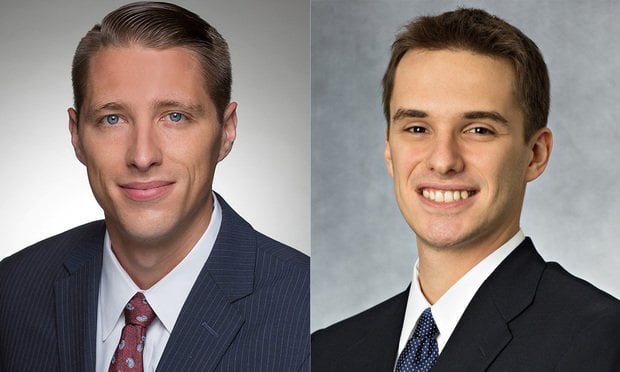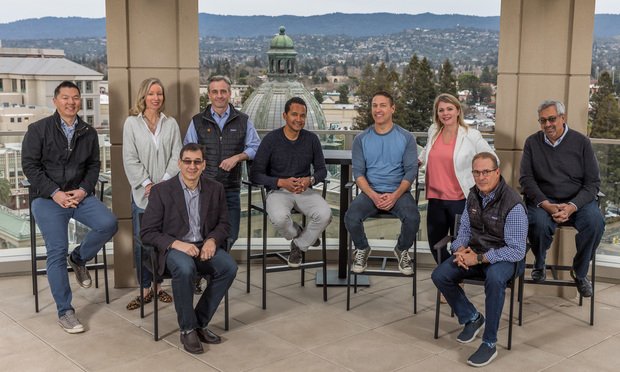DENVER—Conservative growth. Maybe a bit too conservative given the demand. A market where the majority of the building stock is at least 30 years old can use some new development. But in the face of this conservative approach, it may not be happening quickly enough.
That's the basic theory expressed to GlobeSt.com by professionals in the local office of architecture giant Gensler. “Vacancy rates are certainly projected to be low enough to drive new growth,” says local-office principal and managing director Jon Gambrill. “But the market is very much a mix between safe and conservative.” A lack of development after the 1990s recession positioned the market to remain relatively tight, and post-recent recession, that approach seems very much alive.
Today, he reports, while there is some new office development taking place, “we're seeing some conservatism and a resistance to becoming too speculative. We have just enough energy in our market to cause a little concern,” even though that industry is no longer the prime market driver.
And, according to design director Michelle Liebling, there really isn't another dominant vertical. Tech, in the form of such firms as Google and Microsoft, has a growing presence in the Mile High City, as it is in most every market in the US today. But so are law firms and financial firms, most of which, she reports are flying to quality, relocating from those older buildings to the newer developments that are going up. She reports that “the type of work we're doing is highly diversified.”
Not surprisingly, and as we've stated elsewhere in the Denver Series, much of the activity they're seeing is focused on the CBD and Lower Downtown, LoDo to the locals. But Gambrill reports that the CBD has actually “shifted about six blocks to the south” of the traditional city center, to the revamped Union Station area. With the expected multi-billion-dollar completion of an expanded light rail system—including 122 miles of new track—the shift is understandable, positioning Union Station as a critical commuter hub.
In fact, Gambrill reports that two office buildings in the CBD, both leased before completion, sold for record prices. According to local reports, 1705 17th St. went for $600.73 a foot while One Union Station sold for a solid $600 a foot.
“There was never a building sold in Denver within the $500-per-foot range,” he says. With these sales, “We jumped from the high $400s to the around $600 a square foot, representing “returns on investment that were off the charts.” The sales also ushered in a new wave of foreign investors who saw that they could “secure better returns than they could in Boston or Los Angeles.”
And of course, the Millennial movement is focused in large part on the CBD. But not totally, and in one of the only instances we've discovered in the city researches we've done, the push is actually twofold. Gambrill reports that Millennials are also moving “into other new developments away from Downtown, that can support the live, work, play lifestyle. One such development is the Belleview Station TOD side in the South Suburban tech center.”
The conservative approach to growth seems not to extend to the types of spaces office users are seeking. According to Liebling and Gambrill, that's a function of the changes that have taken place in office operations while tenants were in long-term leases.
“Our consulting work has increased post-recession,” he says. “A lot of companies are starting to see the value their workplace can bring as well as how their workspace can tell their story in terms of their goals and staffs and aspirations.”
“Long-term leases are starting to expire,” adds Liebling, “which means a lot of our clients who have been in their spaces for 15 years want to upgrade. The world has evolved, and there's a big leap taking place from where they are to where they need to be to embrace these changes. They want, they need the workplace of the future and need to understand what that means specifically to them, how they operate and what their employee needs are.
“Companies are realizing their space is necessary for recruitment and retention,” she continues, “and their most valuable asset is their people. They are realizing that more than ever, their space tells the story of who they are.”
© Touchpoint Markets, All Rights Reserved. Request academic re-use from www.copyright.com. All other uses, submit a request to [email protected]. For more inforrmation visit Asset & Logo Licensing.







